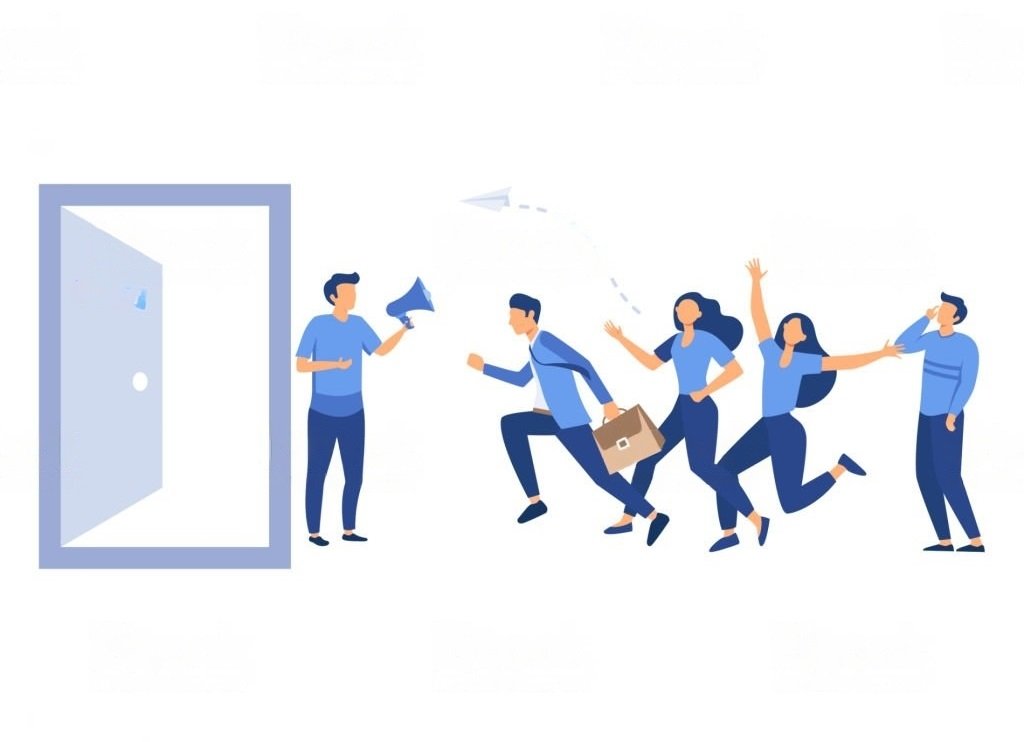
As we step into the future of work, human resource management continues to evolve. In these changing times, case studies have emerged as a critical tool that can help us understand and shape this future.
Why Case Studies Matter in HR
Case studies in HR provide a comprehensive look at real-life situations, illustrating the problems faced by organizations and how they've been addressed. They serve as a valuable resource for both seasoned professionals and those new to the field, offering practical insights into the diverse challenges of human resource management.
These studies provide a snapshot of the strategies and tactics used by different organizations to manage their workforce, retain talent, and create an engaging work environment. As such, they can inform and inspire new approaches and solutions, helping us to navigate the future of work more effectively.
Case Studies as a Source of Learning and Inspiration
The power of case studies lies in their ability to offer concrete examples and tangible lessons. Unlike theoretical models, case studies reflect the complex dynamics and unpredictability of real-life situations.
By reviewing case studies, HR professionals can gain a better understanding of the issues that other organizations have faced and how they've dealt with them. They can learn from both successes and failures, incorporating these insights into their strategies and decision-making processes.
Case Studies and the Future of Work
As the workplace continues to change, driven by factors such as digital transformation, changing workforce demographics, and the ongoing impact of the COVID-19 pandemic, case studies can provide valuable guidance. They allow us to learn from the experiences of others, helping to identify effective strategies and potential pitfalls.
Moreover, case studies can highlight innovative approaches to HR management. They can showcase how organizations are leveraging technology, promoting diversity and inclusion, enhancing employee wellbeing, and more. In this way, they can inspire and guide HR professionals as they shape the future of work.
In Conclusion
Case studies play a crucial role in HR, serving as a rich source of learning and inspiration. As we navigate the evolving landscape of work, these insights can help us shape strategies, make informed decisions, and drive success.
https://thecasehq.com/case-studies-in-hr-shaping-the-future-of-work/?fsp_sid=402
Comments
Post a Comment